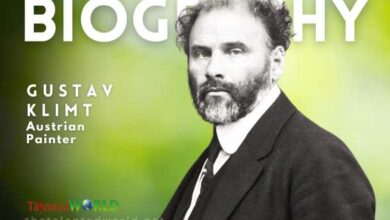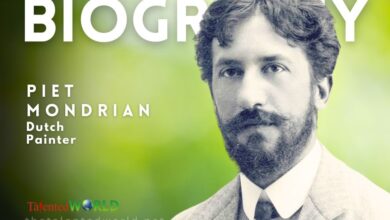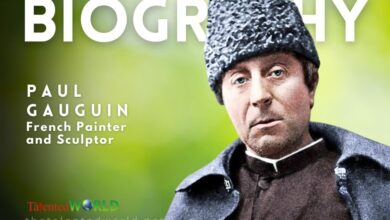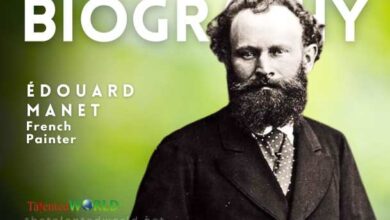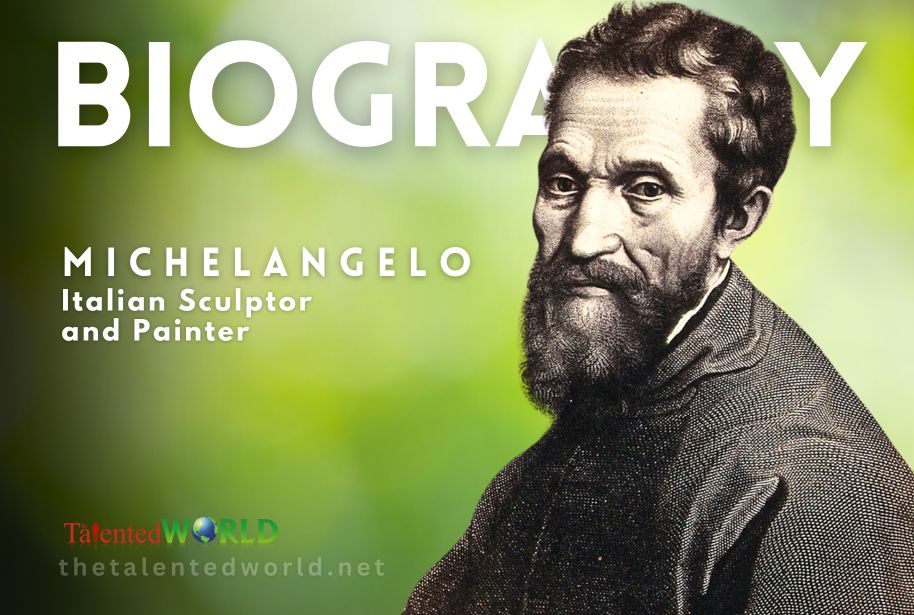
Quick Facts
| Fact | Detail |
|---|---|
| Full Name | Michelangelo di Lodovico Buonarroti Simoni |
| Born | 6 March 1475 |
| Place of Birth | Caprese, Republic of Florence |
| Died | 18 February 1564 (aged 88) |
| Place of Death | Rome, Papal States |
| Occupations | Sculptor, painter, architect, poet |
| Notable Works | – Pietà (1498–1499) – David (1501–1504) – Sistine Chapel ceiling (1508–1512) – Moses (1513–1515) – The Last Judgment (1536–1541) |
| Art Movements | High Renaissance, Mannerism |
| Key Contributions | – Pioneer of Mannerist architecture with the design of the Laurentian Library – Architect of St. Peter’s Basilica, transforming the plan and designing the dome |
| Biographies | First Western artist to have a biography published during his lifetime; three biographies published |
| Rival and Contemporary | Leonardo da Vinci |
| Early Fame | Achieved fame early with sculptures like Pietà and David before the age of 30 |
| Famous Frescoes | – Scenes from Genesis on the ceiling of the Sistine Chapel – The Last Judgment on the altar wall of the Sistine Chapel |
| Titles and Nicknames | Il Divino (“the divine one”) |
| Admired For | Terribilità—his ability to instill a sense of awe in viewers |
| Influence | Influenced the rise of Mannerism, a short-lived movement in Western art between the High Renaissance and the Baroque |
| Legacy | One of the best-documented artists of the 16th century with a lasting influence on Western art; seen as an archetypal Renaissance man along with Leonardo da Vinci |

